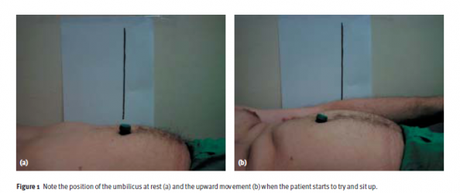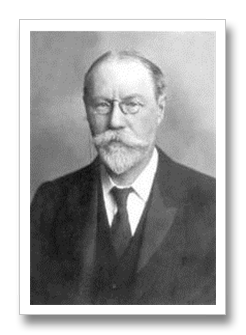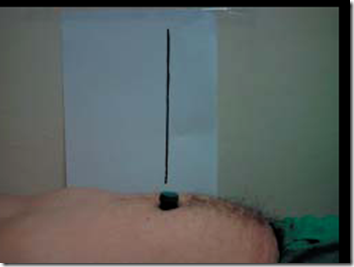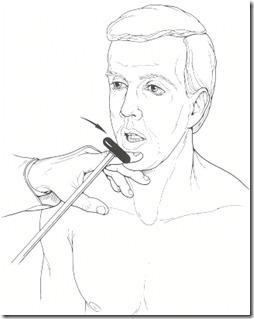
 Forgive the hyperbolic title. Do not take offense and read on before hating on me. Please note the post script for added justification for this inflammatory title, if you so feel. Thanks. Now on with the main show!
Forgive the hyperbolic title. Do not take offense and read on before hating on me. Please note the post script for added justification for this inflammatory title, if you so feel. Thanks. Now on with the main show!
Not the best known of neurologists, history has not been very kind to this amicable gentleman, who was, like many other physicians of his era, a very musically and

His interest in neurology can be traced back to his training under famed neurologists of the day like Wilhelm Heinrich Erb (of Erb’s point and Erb’s palsy fame!) and (neuro)pathologist Julius Cohnheim.
In 1898 he published a very definitive and authoritarian textbook on Neurology, titled Handbook on Diseases of the Nervous System.
The eponymous sign is one of the last vestiges of this great academic in clinical medicine. The description of the sign is pretty typical (3):
‘When a patient sits up or raises the head from a recumbent position, the umbilicus is displaced toward the head. This is the result of paralysis of the inferior portion of the rectus abdominal muscle, so that the upper fibres predominate pulling upwards the umbilicus’.Here is a video on how to administer the test:
Negative Beevor’s Sign in a (?Simulated) PatientHere is a good example of what a positive test might look like from a real life case report (4):


Beevor’s sign is also described inter alia in amyotrophic lateral sclerosis and fascioscapulohumeral muscular dystrophy (3). It is said that in the diagnosis of FSHMD, which is the 3rd most common type of muscular dystrophy, it has a whopping 95% sensitivity and 93% specificity! (5,6)
No wonder this sign has kept his name alive!
Now to come to the final contribution that I wanted to highlight. In 1885 another “exotic” neurologic manifestation was first described by Beevor in the company of another

This highly respected physician worked with the best and most well known researchers in his day. Born to a highly respected surgeon, his father was a fellow of Royal College of Surgeons, and trained by a multitude of celebrity teachers, he was destined to be one of the heroes of clinical medicine. Yet, time, has marched on and Beevor has been relegated to the realms of obscurity, remembered by clinical romantics like me who dig up the names and faces behind the clinical signs that intrigue them.
P.S.: Now I guess you know why I titled the post in this fashion? The sign = Beevor’s Sign, Bloody = Cerebral circulation and Jerk = The jaw jerk reflex. No disrespect intended. Like all marketing gimmicks, this name was made up to raise some eyebrows and get more people to read about a wonderful clinician who is now largely forgotten.References:
1. Brown GH: Lives of the Fellows of the Royal College of Physicians of London (1826–1925). London, Royal College of Physicians, 1984, vol 4, pp 325–326.
2. Beevor CE: Cerebral blood supply. Brain 1908; 30: 403–425.
3. Awerbuch GI, Nigro MA: Beevor’s sign in facioscapulohumeral muscular dystrophy. Arch Neurol 1990; 47: 1208–1209.
4. David Hilton-Jones. Neurological Sign: Beevor’s SignPract Neurol 2004;4:176-177
5. Shahrizaila N, Wills AJ. Significance of Beevor’s sign in facioscapulohumeral dystrophy and other neuromuscular diseases. J Neurol Neurosurg Psychiatry 2005;76:869–870.
6. Eger K, Jordan B, Habermann S, Zierz S. Beevor’s sign in facioscapulohumeral dystrophy: an old sign with new implications. J Neurol. 2010;257:436-438.

